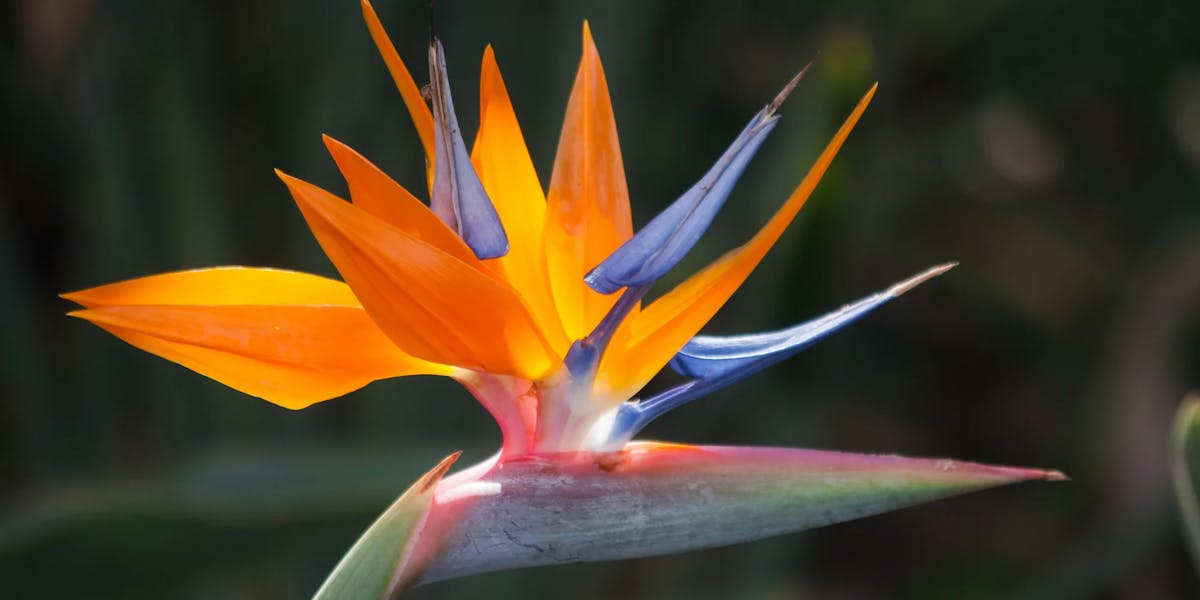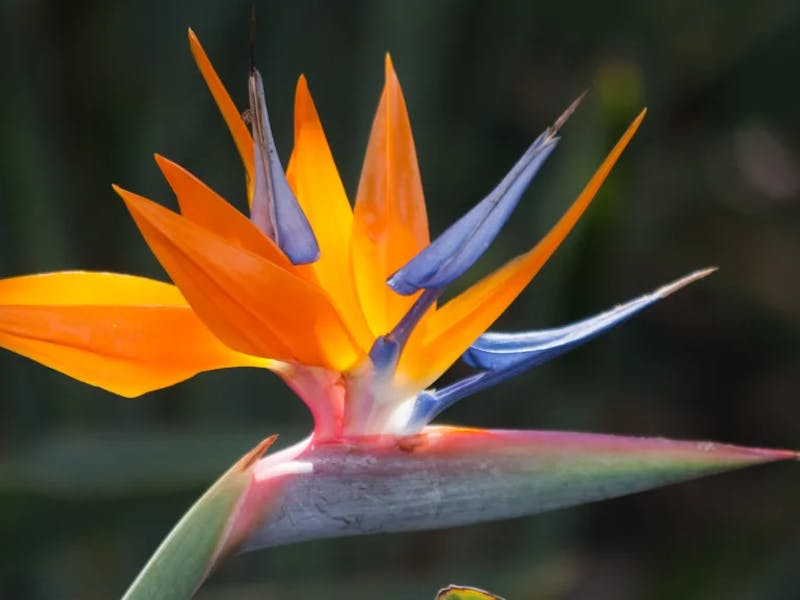Bird of Paradise in Hawaii – A Scientific Star

You’ll likely see the beautiful Bird of Paradise in Hawaii. This vibrant, unique flower appears in gardens, farmer’s markets, and artwork. We’ve got some interesting info to help you appreciate this intriguing plant even more!
Bird of Paradise in Hawaii and in Science
The strikingly beautiful Bird of Paradise flower is famous beyond Hawaii. In fact, it’s a star of scientific discovery! The deep coloring on the flowers, which thrive in Hawaii, has unexpected components.
The official name for the Bird of Paradise plant is Strelitzia reginae. It is native to South Africa but blooms all over the Hawaiian Islands. The flower is known both for its shape – which looks like the head of a bird — and for its deep orange and blue colors.

A Look Beyond the Blossom
In Hawaii, we typically admire the blossoms of the Bird of Paradise. But the next time you look at one of these plants, check out its fruit. The showy flowers often overshadow the pale fruit, but scientists wanted to dig deep to study the plant.
When the fruit matures, a capsule full of bright orange seeds breaks open. Scientists say the color of these seeds can stay the same for decades after the plant dies.
Scientists used tests to analyze the seeds and found that bilirubin is what gives them their distinct color. It is the first discovery of bilirubin in a flower. Bilirubin was thought to exist only in animals. It’s what makes our bruises yellow, and gives those with jaundice a yellowish tinge. Turns out, it’s also in the Birds of Paradise you’ll admire in Hawaii.
A research team at Florida International University first found bilirubin in the white Bird of Paradise tree. That was a breakthrough finding. The subsequent study expanded that research; it was the first discovery of bilirubin in a flower.
Back at Home in Hawaii with the Bird of Paradise
I found this study about the Bird of Paradise because I’m always drawn to the bright colors of the flowers. Back in Hawaii, Bird of Paradise is an ornament that’s easy to find – and easy to appreciate.
Did you know that the Bird of Paradise plant doesn’t always bloom in Hawaii? It follows some sort of seasonal pattern even here.
Right now, there are many flowers on this particularly enthusiastic plant in front of a Kailua coffee shop. One of my proudest moments so far in Hawaii was when I could recognize a Bird of Paradise plant by its leaves after the flowers were gone – it took a year. But what a place to do such fieldwork!
Want to learn more about plants in Hawaii? Check out our article about edible foraging in Hawaii